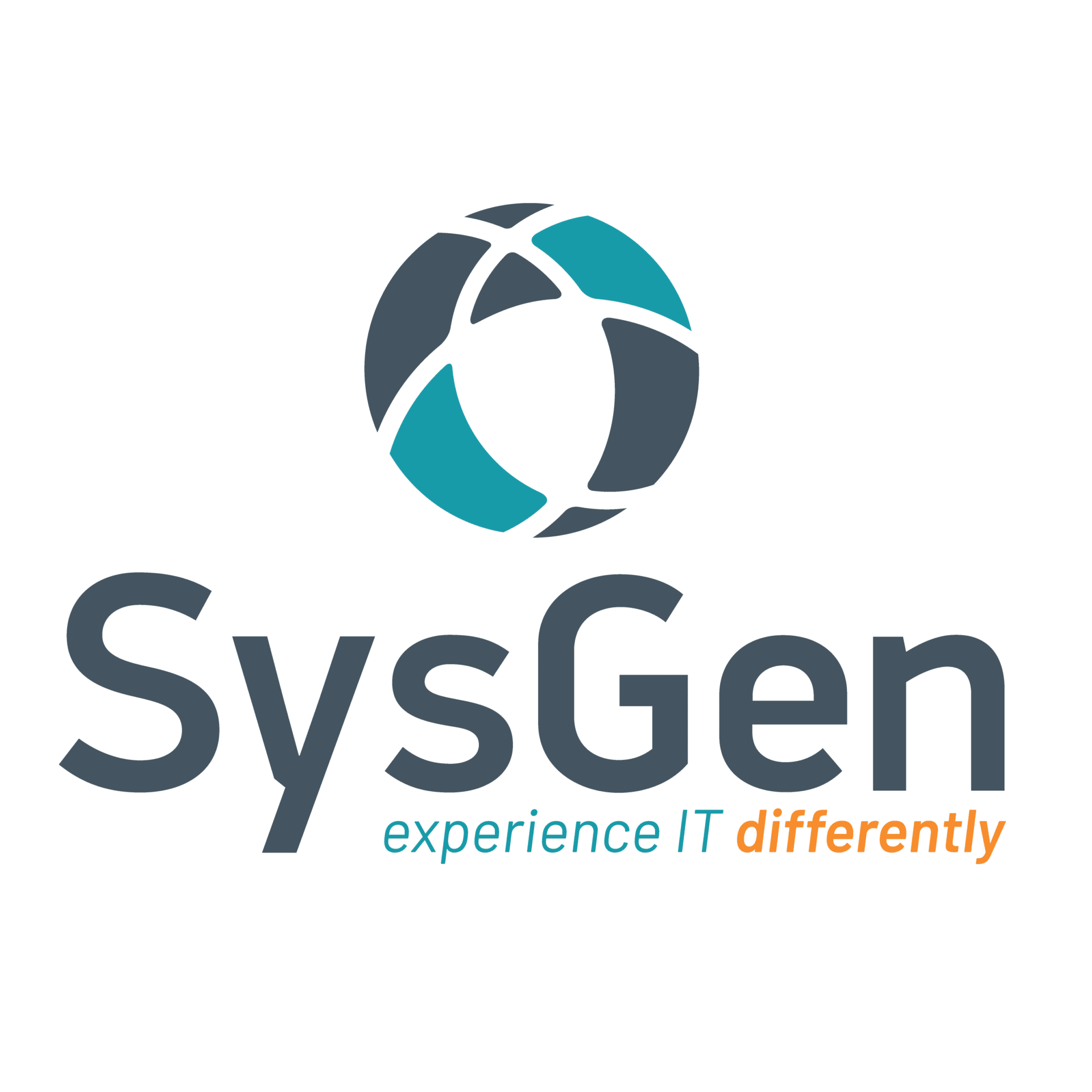Table of Contents
Introduction
Cloud technology has transformed how we store, manage, and process data, becoming a cornerstone of modern IT infrastructure. In this article, we will delve into the mechanics of cloud technology, its key features, benefits, types, applications, and security measures, and its broader impacts across various industries.
What is Cloud Technology, and How Does It Function?
Cloud technology refers to the delivery of computing services over the Internet, including storage, processing, and networking. Instead of maintaining physical servers and data centers, businesses can access these resources on-demand from cloud service providers. At its core, cloud technology functions through virtualization, enabling the creation of virtual machines that operate on a physical server. These virtual machines can be dynamically allocated based on user needs, ensuring efficient resource utilization. Cloud services are typically delivered via data centers located across multiple geographic locations, enhancing redundancy and reliability.
Key Features and Benefits of Cloud Technology
Features
- Scalability: Easily scale resources up or down based on demand.
- Flexibility: Access services from anywhere with an internet connection.
- Cost-Efficiency: Pay-as-you-go pricing models reduce capital expenditure.
- Automatic Updates: Providers manage software updates and security patches.
- Collaboration: Facilitate real-time collaboration with cloud-based tools.
Benefits
- Reduced Costs: Lower hardware and maintenance costs.
- Improved Performance: High availability and performance through optimized infrastructure.
- Enhanced Security: Advanced security measures and compliance certifications.
- Business Continuity: Robust disaster recovery solutions ensure data availability.
- Innovation: Access to the latest technologies and tools for innovation.
Different Types of Cloud Technology
There are three different types of cloud technology: Public Cloud, Private Cloud, and Hybrid Cloud. In Public Cloud, services are offered over the public internet and shared across multiple users. Examples include Amazon Web Services (AWS), Microsoft Azure, and Google Cloud Platform. Private Clouds are a dedicated infrastructure for a single organization, either hosted on-premises or by a third-party provider, and they offer greater control and security. Finally, Hybrid Cloud combines public and private clouds, allowing data and applications to be shared between them. This model offers flexibility and optimizes existing infrastructure.
There are also two types of cloud technology: Cloud Storage and Cloud Computing. Cloud storage is the act of storing data on remote servers accessible via the internet (e.g., Google Drive, Dropbox). Cloud Computing is the process of utilizing remote servers to process, manage, and store data, offering computing power, databases, and applications.
Common Applications and Services of Cloud Technology
Here are the common applications and services available for cloud technology: Software as a Service (SaaS), Platform as a Service (PaaS), and Infrastructure as a Service (IaaS). Software as a Service (SaaS) delivers software applications over the Internet, eliminating the need for installation and maintenance. Examples include Salesforce, Google Workspace, and Microsoft Office 365. Platform as a Service (PaaS) provides a platform for developing, testing, and deploying applications, without managing underlying infrastructure. Examples include Heroku, Google App Engine, and Microsoft Azure PaaS. Finally, Infrastructure as a Service (IaaS) offers virtualized computing resources over the Internet, including servers, storage, and networking. Examples include AWS EC2, Google Compute Engine, and Microsoft Azure IaaS.
Security Measures Protecting Data Stored in the Cloud
Cloud providers implement robust security measures, including data encryption, access controls, compliance, and monitoring and auditing. Data Encryption involves encrypting data at rest and in transit to prevent unauthorized access. Access Controls is the process of implementing multi-factor authentication (MFA) and role-based access controls (RBAC). Compliance consists of adhering to industry standards and regulations, such as GDPR, HIPAA, and SOC 2. Whereas Monitoring and Auditing involves continuous monitoring for security threats and regular audits for compliance.
Integration with Existing IT Infrastructure
Cloud technology can be seamlessly integrated with existing IT infrastructure through numerous processes. The first one is APIs, which is the process of allowing systems to communicate and share data. The second is via Hybrid Solutions, which combines on-premises and cloud resources. The third is Migration Tools, and this involves facilitating the transfer of data and applications to the cloud. To ensure data availability and reliability, cloud providers offer both through:
- Redundancy: Multiple data centers and backups to prevent data loss.
- Disaster Recovery: Comprehensive disaster recovery plans to restore services quickly.
- Service Level Agreements (SLAs): Guarantees of uptime and performance.
Potential Challenges and Risks of Adopting Cloud Technology
Naturally, some challenges and risks may come when it comes to adopting cloud technology for your business. For example, there are security concerns such as risks of data breaches and cyberattacks. Navigating complex regulatory requirements can also bring up compliance issues. Furthermore, a vendor lock-in can occur when there’s a dependence on a single provider’s ecosystem. Businesses can also run into downtime, which brings up the potential for outages and service availability could be affected.
Factors to Consider When Choosing a Cloud Service Provider
Now that you’re more familiar with Cloud Technology, it’s important to consider some elements before choosing to work with the best Cloud Service Provider for your business. A CSP can be a good fit when they fit the following criteria:
- Security: Robust security measures and compliance certifications.
- Performance: High availability and low latency.
- Cost: Transparent pricing models and cost-effectiveness.
- Support: Reliable customer support and service level agreements.
- Scalability: Ability to scale resources based on business needs.
Conclusion
Cloud technology has revolutionized the way businesses operate, offering unparalleled scalability, flexibility, and cost-efficiency. Understanding its functionality, benefits, and potential challenges is crucial for leveraging its full potential. As cloud technology continues to evolve, staying informed and adaptable will be key to harnessing its advantages in an ever-changing digital landscape. Adopting cloud technology for your business may be a challenging task, but if you choose the right Cloud Service Provider, you’re off to a good start. Connecting with a Managed Services Provider can help kickstart your journey to adopting cloud technology. MSPs offer in-house cloud technology solutions with experts who can guide business owners to ensure their data and information are protected and accessible to the right people.
Let's talk about cloud technology!



